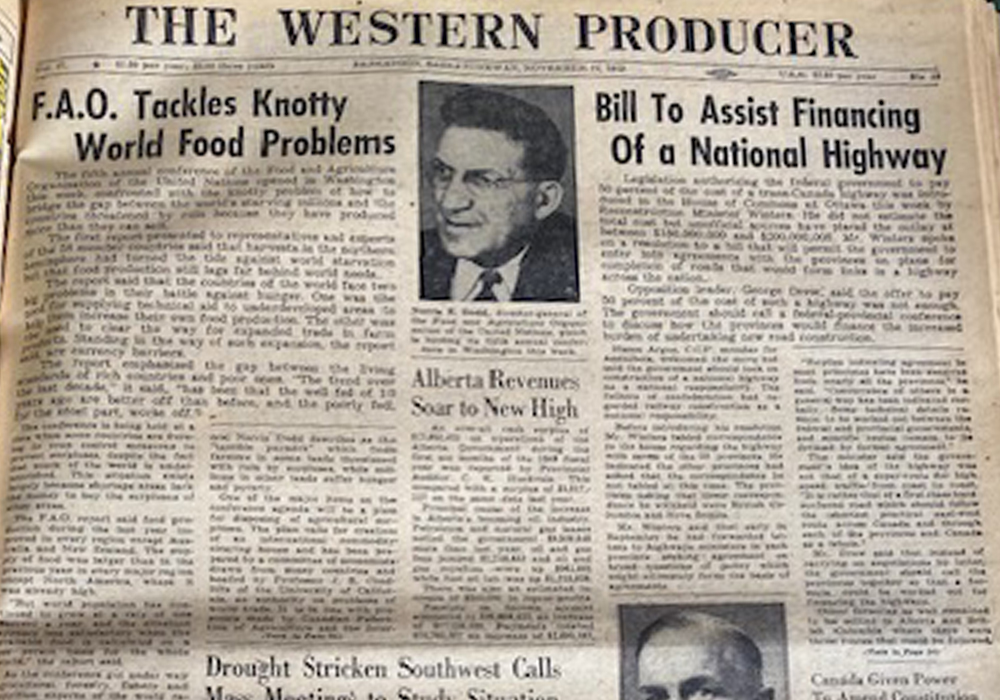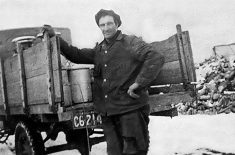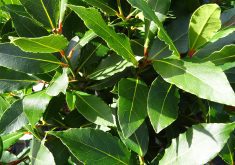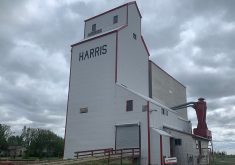For the next year, this column will mark The Western Producer’s 100th anniversary by taking a deep dive every week into a past issue of the paper.
The 1940s were almost over, and the Prairies were still grappling with drought.
One of the headlines on the front page of the Nov. 24, 1949, issue declared, “Drought stricken southwest calls mass meetings to study situation.”
Conditions had become so serious in southwestern Saskatchewan that emergency meetings had been scheduled for Hodgeville, Shaunavon and Swift Current to consider problems raised by recurrent crop failures.
Read Also

High prices see cow-calf producers rushing to incorporate
Farm accountants are reporting a steady stream of cow-calf producers rushing to get their operations incorporated ahead of selling their calves this fall.
According to the story, serious problems resulting from crop failure conditions in 1949 had already received widespread attention at private and public meetings of farmers during the past two months. The drought had affected approximately half the seeded acreage in Saskatchewan.
Delegates to the recent Saskatchewan Wheat Pool annual meeting had approved resolutions calling on the federal government to grant additional financial aid over and above what had already been approved through the Prairie Farm Assistance Act.
As serious as this situation was, the story did not get the biggest headline on the front page.
That honour went to “F.A.O. tackles knotting world food problems” and “Bill to Assist Financing of a National Highway.” That story was about legislation introduced in the House of Commons authorizing the federal government to pay 50 percent of the costs of the Trans-Canada Highway.
In other news, an entire page was dedicated to weed control with headlines such as “Chemicals help, but surveys reveal heavy infestations across prairie provinces,” “How weeds react to 2,4-D chemicals” and “Infestation of toadflax is major problem.”
This issue was the first time I saw an eight-page insert called “Western Producer magazine.” It featured a story and 11 photos about Felmer Eamor, a saddle maker from High River, Alta.
It was the most photos I had seen in one issue of the paper, although the front page continued to be illustrated only with headshots.
However, stay tuned next week because that’s all about to change.















